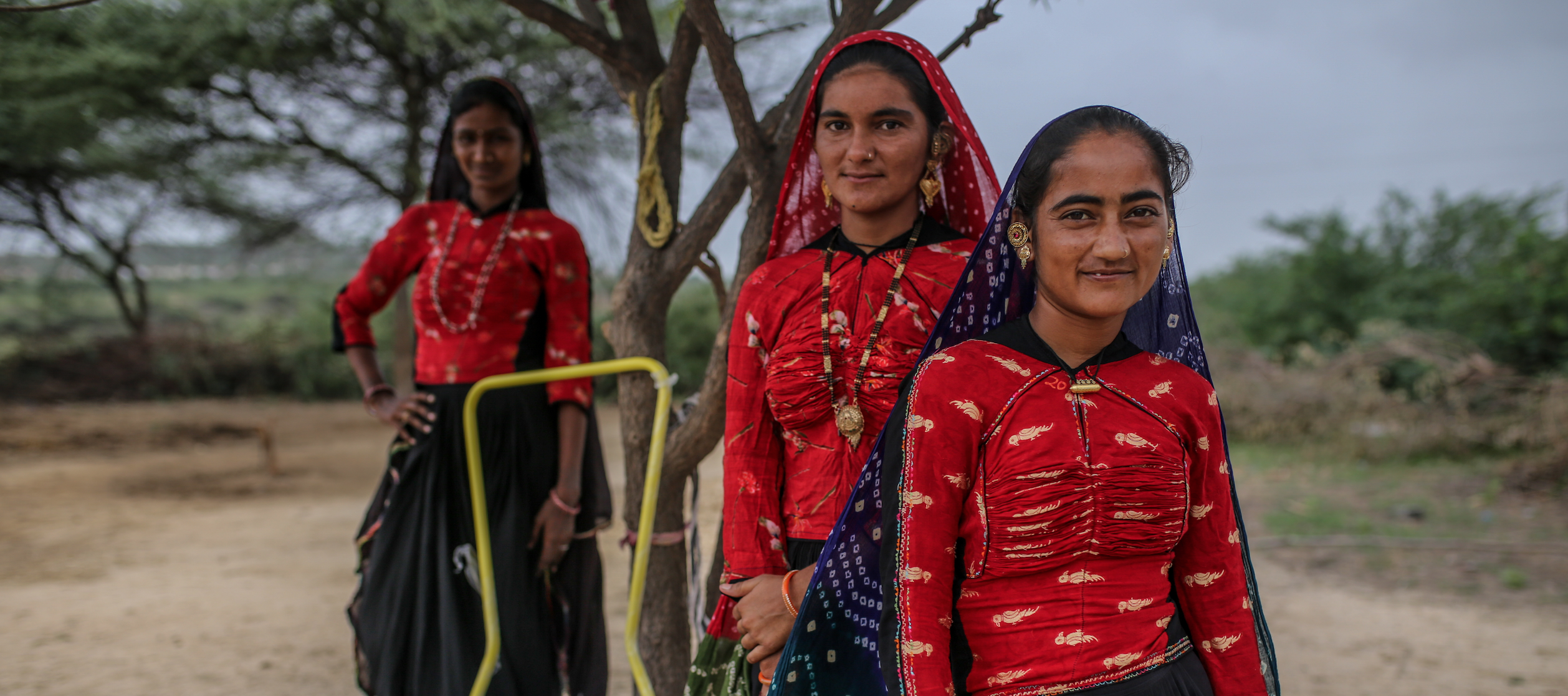Catalysing Climate Finance: A Guidebook on Policy and Financing Options to Support Green, Low-Emission and Climate-Resilient Development
Catalysing Climate Finance: A Guidebook on Policy and Financing Options to Support Green, Low-Emission and Climate-Resilient Development
January 21, 2012
Ahead of World Environment Day, UNDP launched a guidebook on ‘Catalysing Climate Finance,’ advising decision makers in developing countries on how to tap into growing finance markets. This publication focuses on the review of policy and methodologies that can help in the preparation of green, low-emission and climate-resilient development strategies.
The scale of the climate change challenge that faces the international community is vast. Holding temperatures at 2°C above pre-industrial levels will require a transformation in production and consumption processes across all countries. It will also necessitate significant support, especially to the most poor and vulnerable people in developing countries, to strengthen adaptation measures and improve community adaptive capacity.
In December 2010, governments came together at the United Nations Climate Change Conference to move the climate agenda forward in a collective and comprehensive manner. They were successful at adopting an agreement, the Cancun Agreement, which calls on governments to scale up financial support to developing countries to better enable them to take climate action over the short and long term. The agreement puts in place a solid foundation to address climate change and achieve green, low-emission and climate resilient development.
In this global context, this guidebook is based on the premise that mitigating and adapting to climate change are entirely compatible with pursuing development. The new sources of climate finance that are available have the potential to deliver multiple development and climate benefits, including poverty reduction and sustainable livelihoods, green employment, biodiversity conservation, carbon sequestration, sustainable water management, and enhanced ecosystem-resilience and ecosystem-based adaptation. But there is a significant risk that only a few large emerging economies and developing countries will be able to fully seize these opportunities.
Developed countries have committed to raising $100 billion per year by 2020 to assist developing countries in addressing climate change. Even if this level of financing is raised, public expenditures alone will be insufficient to adequately transform economies. It can, however, create a tipping point from which to catalyse much larger scale private investment. This means using international public climate finance to build enabling environments and remove domestic and foreign investment barriers in order to attract and drive public and private capital toward pro-poor low-emission climate-resilient development.
UNDP believes that developing countries will face three key climate finance challenges in the coming decade: (1) access to new and innovative sources of climate finance, (2) promotion of synergies between development and climate finance, and (3) use and delivery of limited sources of public finance to catalyse climate capital. Developing countries will require technical assistance to address these challenges, mitigate climate change impacts, and seize new opportunities associated with the transition to a low-emission climate-resilient society.
This guidebook is offered as a primer to countries to enable them to better assess the level and nature of assistance they will require to catalyse climate capital based on their unique set of national, regional and local circumstances. It serves as a companion manual to a comprehensive UNDP toolkit on policy and financing options to catalyse climate capital. It is also part of a series of UNDP publications that provides guidance to national and sub-national policy makers to prepare, finance, implement, and report on green, low-emission and climate-resilient development.
It is my hope that these publications will contribute to the ongoing discourse about the links between development and climate change, and help provide policy makers with new insights and tools as they seek to take steps to mitigate and adapt to climate change while pursuing national development goals.

 Locations
Locations
















